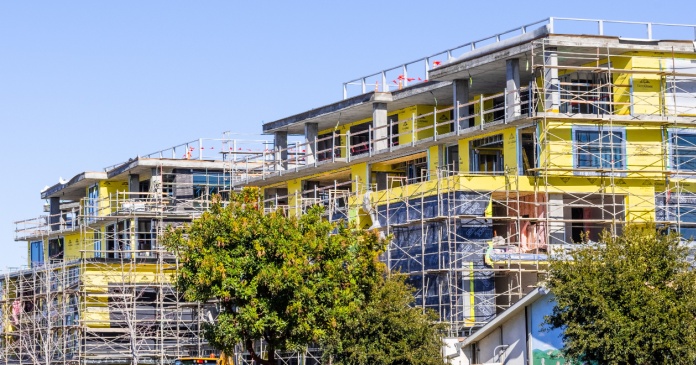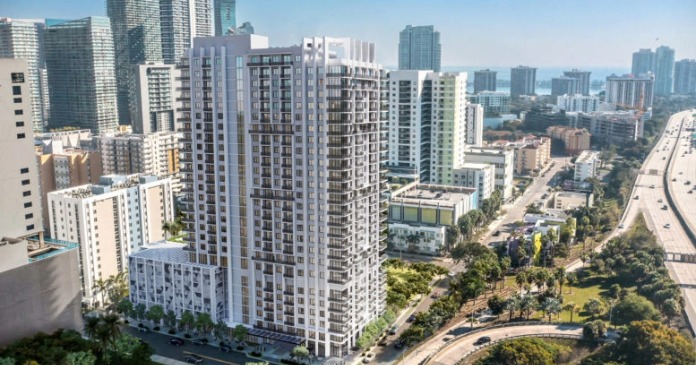Intergra Realty Resources (IRR) recently released its annual Viewpoint report for 2024. The report discusses the state of the US economy and presents an update on the operating and sales performance data for four commercial property classes. This article focuses on the data for the multifamily property class.
The report provides IRR’s estimates for basic performance metrics for Class A and B properties in urban and suburban areas in each of four regions of the country and how those metrics have changed over the past year.
Assessing the economy
IRR notes that, while many economists have been predicting the U.S. economy would experience a recession in response to rising interest rates, it has not happened yet. In fact, growth in recent quarters has been in line with long-term trends. While geopolitical uncertainties will add to economic uncertainties in the year ahead, the economy may still avoid recession.
The report observed that the unemployment rate has returned to pre-pandemic levels and that employment is growing by 2 percent per year. The pending retirements of the boomer generation may result in a chronic labor shortage in the U.S. In addition, the tension between the work-from-home and return-to-office movements will impact where people choose to live.
The post-pandemic inflation outbreak has been a major story over the last 3 years. However, the recent rates of inflation have been very uneven with prices of some goods and services rising rapidly while prices for others fall. With rent-for-shelter comprising 34 percent of personal expenditures in the CPI calculation, inflation rates have also varied widely by location. Some large Midwestern metros have seen recent inflation rates below 3 percent while south Florida metros have seen inflation rates above 6 percent.
With the rise in inflation, the era of zero interest rates is over for now. The report states that average inflation since 1990 has run at 2.5 percent with 10-year Treasuries yielding 4.5 percent. If this becomes the new normal, it will put downward pressure on commercial property prices.
Multifamily cap rates continue to rise
As in the IRR mid-year report, IRR found that cap rates rose year-over-year for every property grouping (Class A or B, urban or suburban) for every region of the country in Q3 2023. The average increase was 59 basis points, up from the 42 basis point rise seen in the last mid-year report. Nationally, Class A properties had cap rates averaging 5.53 percent while Class B properties had cap rates averaging 6.16 percent.
Cap rates for urban properties were generally slightly lower than those of suburban properties. The highest cap rate in the country was for suburban Class B property in the Central region at 6.83 percent. The lowest cap rate was for urban Class A property in the West at 4.98 percent.
The report defined the commercial property business cycle as going through the following phases: expansion > hypersupply > recession > recovery > expansion. Of the 62 cities covered, the report stated that the majority, 39, are in the hypersupply stage due to the high level of new supply arriving. Eight metros are in the recovery phase, including rent growth laggards San Jose and San Francisco. Only 3 metros are in the recovery phase while 12 metros are in the expansion phase.
Rent growth is positive but slow
IRR does not report a single national average rent growth figure. However, the national average rent growth for Class A properties was 2.8 percent based on a comparison of the data in this year’s outlook report with that in last year’s report. Rent growth for Class B properties was 1.8 percent.
IRR data indicated that Class A properties in the Central region had the highest rate of rent growth at 3.2 percent. Class B properties in the South region had the lowest rate of rent growth at 1.1 percent.
The absolute level of rents was highest for Class A properties in the West region at $2549. Rents were lowest for Class B properties in the Central region at $981.
The national average vacancy rate for Class A properties was reported to rise 22 basis points year-over-year to 5.81 percent. The national vacancy rate for Class B properties rose 96 basis points to 4.43 percent.
IRR found that all regional vacancy rates for both Class A and Class B properties rose year-over-year with one exception. The exception was Class A property in the South region where the vacancy rate fell 62 basis points. For other regions and classes, the vacancy rate rose between 13 basis points for Class A properties in the West and 135 basis points for Class B properties in the East.
Class A properties in the Eastern region had the highest vacancy rate at 6.0 percent. Class B properties in the East region edged out Class B properties in Central region by one basis point for the lowest vacancy rate at 3.63 percent. Vacancy rates for Class B properties were significantly lower than those for Class A properties in all regions of the country.
The report also discusses office, retail and industrial commercial property markets. It is available here. Registration is required in order to access the report.













